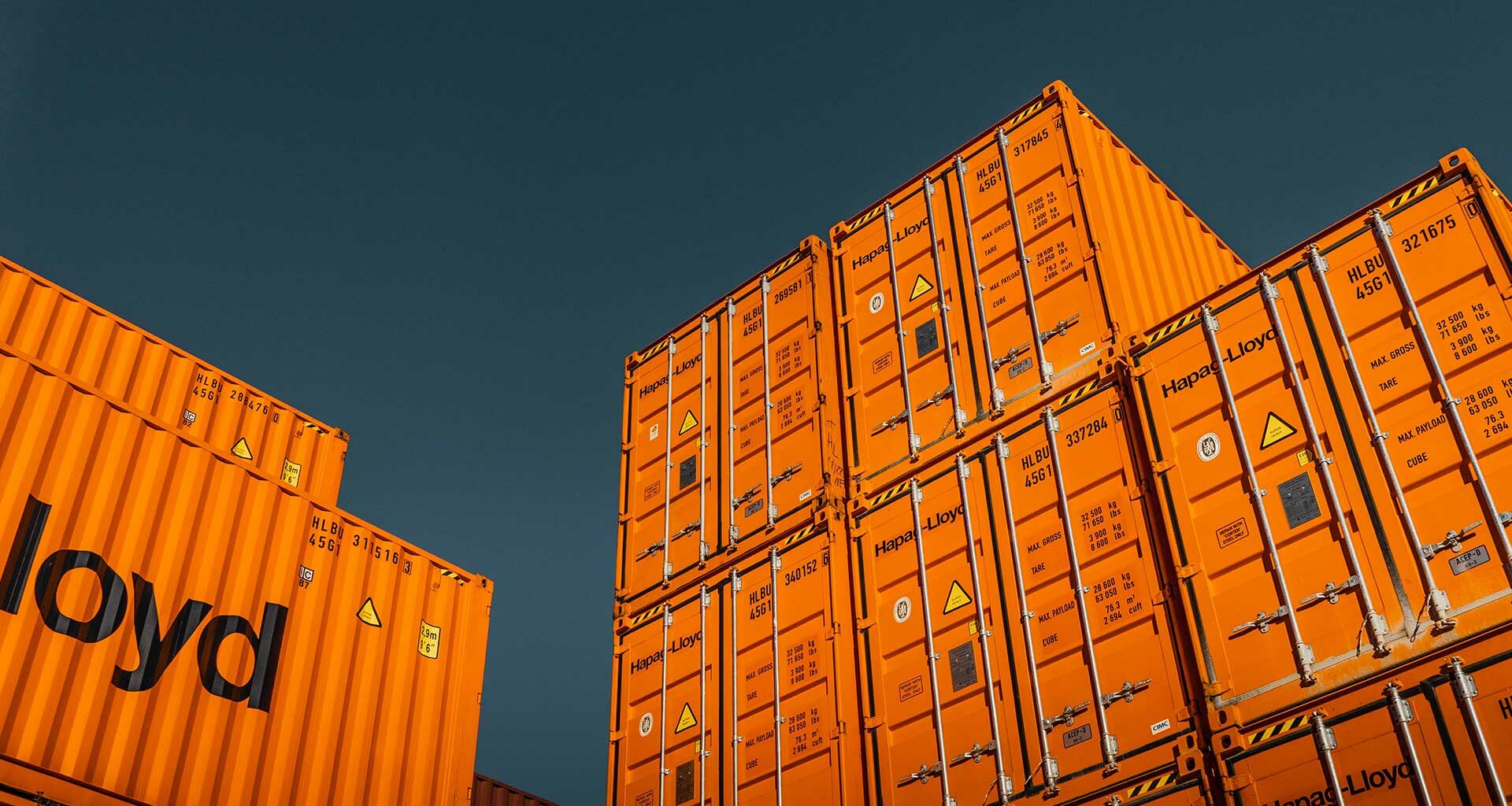The year 2024 presents a unique set of challenges for retailers, particularly in supply chain management and inventory optimization. Amidst these challenges, retailers are seeking innovative solutions to enhance inventory visibility, streamline operations, and improve customer satisfaction. While solutions like RAIN RFID are part of this transformation, a broader perspective is essential for navigating the complex retail landscape.
by Ashley Burkle
Prioritizing Inventory Visibility
One of the critical areas for retailers in 2024 is achieving enhanced inventory visibility. This is not just about knowing what is in stock, but also understanding product movement and customer demand in real-time. Technologies, including but not limited to RAIN RFID, play a significant role in providing this level of insight. Enhanced visibility is crucial for responding to market fluctuations and ensuring product availability, ultimately leading to better customer experiences and reduced lost sales.
Innovating in Loss Prevention
Retail shrinkage continues to be a significant issue, driven by theft, misplacement, and administrative errors. Retailers are exploring a variety of solutions to tackle this challenge. While RAIN RFID has been effective in some cases, the focus is shifting towards a mix of technological and process-oriented strategies to improve inventory accuracy and reduce losses.
Transforming the Checkout Process
The checkout experience is undergoing a transformation, with retailers seeking to balance efficiency, customer experience, and inventory management. Automated and streamlined checkout processes are being developed to reduce errors and improve speed. This evolution goes beyond just implementing new technologies; it’s about integrating these systems seamlessly into the customer journey and inventory management processes.
Combating Counterfeit Products
The fight against counterfeit products is crucial for protecting brand integrity and consumer trust. Retailers are adopting various strategies, including advanced tracking and authentication technologies, to ensure the authenticity of their products throughout the supply chain. This effort is vital for maintaining accurate inventory records and safeguarding the brand reputation.
Streamlining Returns and Reverse Logistics
With the increase in online shopping, the volume of product returns has surged, presenting a challenge in inventory management. Retailers are revamping their return policies and incorporating efficient systems to manage reverse logistics. The aim is to reintegrate returned items into the inventory quickly and accurately, minimizing losses and maintaining inventory health.
Adapting to Supply Chain Disruptions
Supply chain agility is more important than ever. Retailers are adopting strategies and technologies that provide real-time insights and analytics to respond swiftly to supply chain disruptions. This includes diversifying supply sources, optimizing inventory levels, and employing flexible logistics strategies.
Embracing Data-Driven Inventory Management
Data analytics has become a cornerstone in modern inventory management. Retailers are leveraging data from various sources to gain insights into consumer behavior, product performance, and supply chain efficiency. This approach helps in accurate demand forecasting and inventory optimization, ensuring that retailers can meet customer needs effectively.
As retailers move through 2024, the focus is on a multifaceted approach to tackle supply chain and inventory challenges. While specific technologies like RAIN RFID contribute to these efforts, the broader strategy involves integrating various solutions and insights. This comprehensive approach will enable retailers to manage inventory more effectively, enhance customer experiences, and remain competitive in an ever-evolving retail landscape.
Ashley Burkle is the Business Development Director, Solutions Partners at leading RAIN RFID provider, Impinj (NASDAQ: PI).
Photo by Aron Yigin on Unsplash














Adapting to supply chain disruptions is a key aspect at the moment. And in a time of geopolitical instability, this is no easy task. Many companies have experienced this in their operations due to changes in the global logistics system during the COVID-19 pandemic. Then there was Russia’s aggression against Ukraine. And now the situation in Palestine and the Red Sea is complicated. This calls into question many planned projects related to transport and logistics within the Middle East. I know that some companies ( such as Shipstage https://shipstage.com/ ) are already using technical innovations of artificial intelligence and quantum computing in their planning, which greatly simplify the project development system and help the optimisation process. But of course, the latest technologies still cannot take into account all geopolitical risks in the process of global long-term planning.